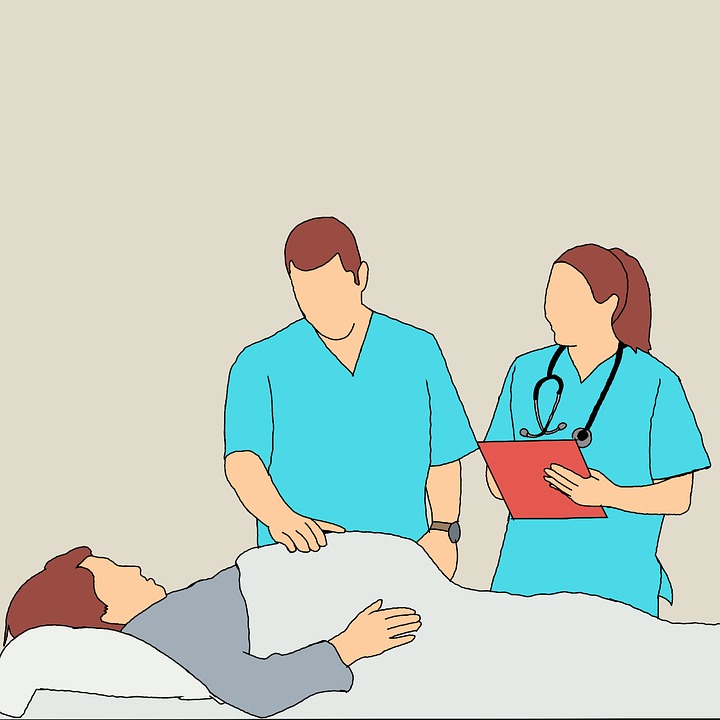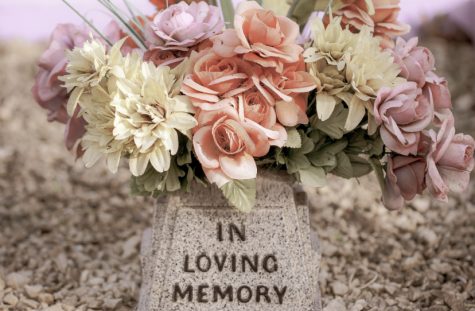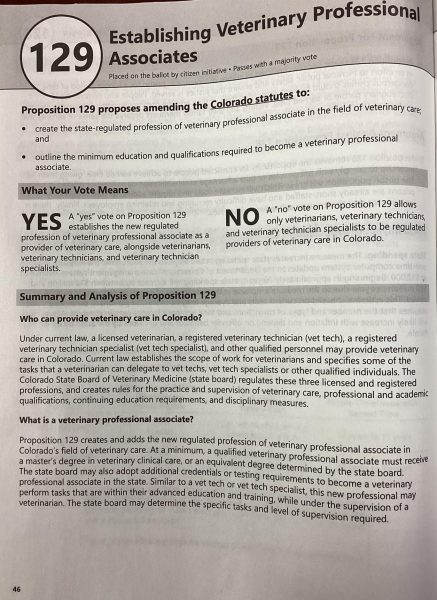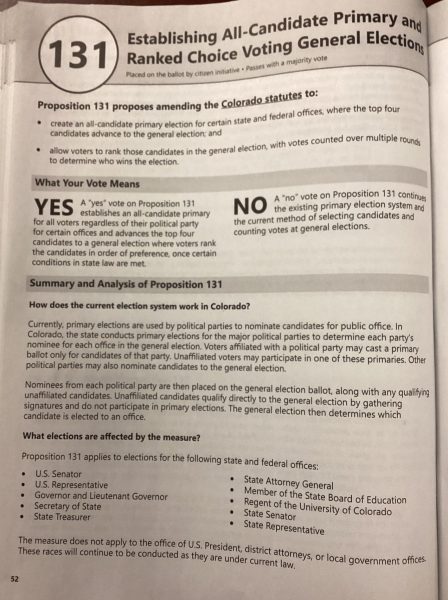Modifying Language Use in the Healthcare System
Image via Pixabay @mohamed_hassan
Throughout the Vice article “Doctors Privately Use Cruel Words to Describe Their Patients”, Michael Zirulnik and Jonathan Cartsonis explain how the vocabulary that healthcare professionals use when reporting patient information may have an indirect impact on the future of that individual’s care. They describe how the traditional medical terminology used when referring to or describing patients may carry connotations that influence the care that future healthcare workers provide. Zirulnik and Cartsonis briefly illustrate the way that medical education institutions work to change this habit from the inside, but they conclude that to truly make an important difference, education must cover the external experience of the patient. They also explain how the negative effects of this communication are experienced unequally by women, specifically in gynecological or obstetrical situations.
By teaching medical professionals the impact of their descriptive language, they suggest that this could not only encourage a more welcoming healthcare community, but it could also lead to better diagnoses. While consistency in the reporting and charting of patients is necessary, evolving the discourse between professionals could forge an environment of progress, encouraging a more individualistic approach to treatment while eliminating any potential bias in the physician’s approach.
In Samuel Shem’s 1978 novel “The House of God”, a fictionalized retelling of what was expected from an intern at Harvard Medical School’s Israel Hospital, they discuss the slang used between providers. Zirulnik and Cartsonis explain that while incorporating this novel into the curriculum can expose “pitfalls of the medical language”, they maintain that “the use of Shem’s book…is largely inward-looking” (Zirulnik, M. & Cartsonis, J. 2019). According to the authors of this article, the introspective writing of this novel provides information but not an opportunity for change. Howard Markel, M.D. explains in a New York Times article from 2009 that “The House of God” introduced “many derogatory terms to the medical culture” (Markel, H. 2009). While this novel opened the public’s eyes to the abrasive terminology used by some healthcare providers, the purpose of this book was not to incite change in the charting of the patient’s condition but to articulate the “grueling, often dehumanizing” intern experience (Markel, H. 2009). There does not seem to be a wide market of literature concerning the language of day-to-day charting and hourly rounding. Zirulnik and Cartsonis propose that in order to make a significant change, the patient’s experience in relation to inadequate linguistic representation should be taught as well. With little to read and little to teach, the colloquial terminology passed down through preceptors to trainees remains traditional and widespread.
While I do agree with Zirulnik and Cartsonis’s argument, they do not directly address how meticulous of a process this would be. By fundamentally changing the way that medical professionals are taught to describe patients and their conditions, it would be fairly easy to implement changes on an educational level. Beyond this though, making a fundamental change to the communication between healthcare employees could be much more difficult. For many doctors and nurses, there are keywords and descriptions that allow them to efficiently relay information and communicate the basics of their patient’s condition. While it may be easier to alter the individual charting habits—since they can go back into the chart and make adjustments —when it comes to face-to-face handoff and report, it might not be so easy. In my experience, during a pre-shift huddle, the charge nurse will basically hit the highlights of a patient’s condition and general status. Phrases such as “The patient refuses…” are common and prepare the incoming shift’s staff. The term “refuse” could portray the patient is a slightly less joyful light. Either way though, this allows the provider to acknowledge that there may be some more difficult lines to be drawn in terms of treatment. At least on my unit, this does not necessarily mean that the patient is unpleasant or hostile, but that they may be a bit more difficult to engage with.
Ultimately, there seems to be a need for a change while still maintaining some level of consistency amongst providers. Allowing professionals the opportunity to learn more about the patient’s experience—as a result of potentially incriminating vocabulary—could make a big difference in the treatment that individual experiences. Zirulnik and Cartsonis make a valid argument that this is something that must be addressed at least on an educational basis. Although, I would urge them to not only argue that doctors need to make a change, but to also provide reasonable ways that things could be adjusted. The wellbeing of the patient is ultimately the reason that healthcare providers are doing what they do, and because of this, it is incredibly important to alter or restrict any behaviors on the professional side that infringe upon this.











